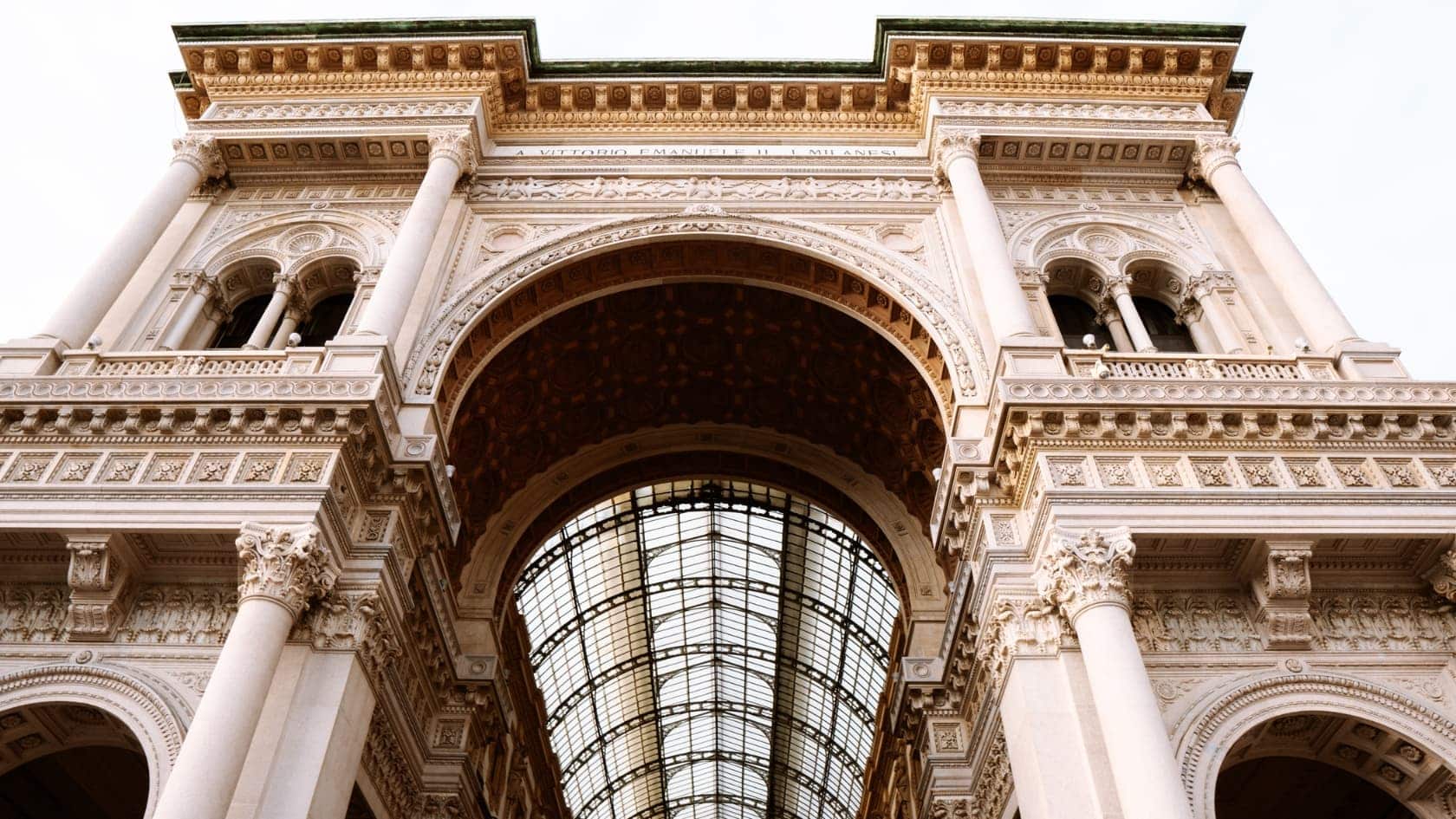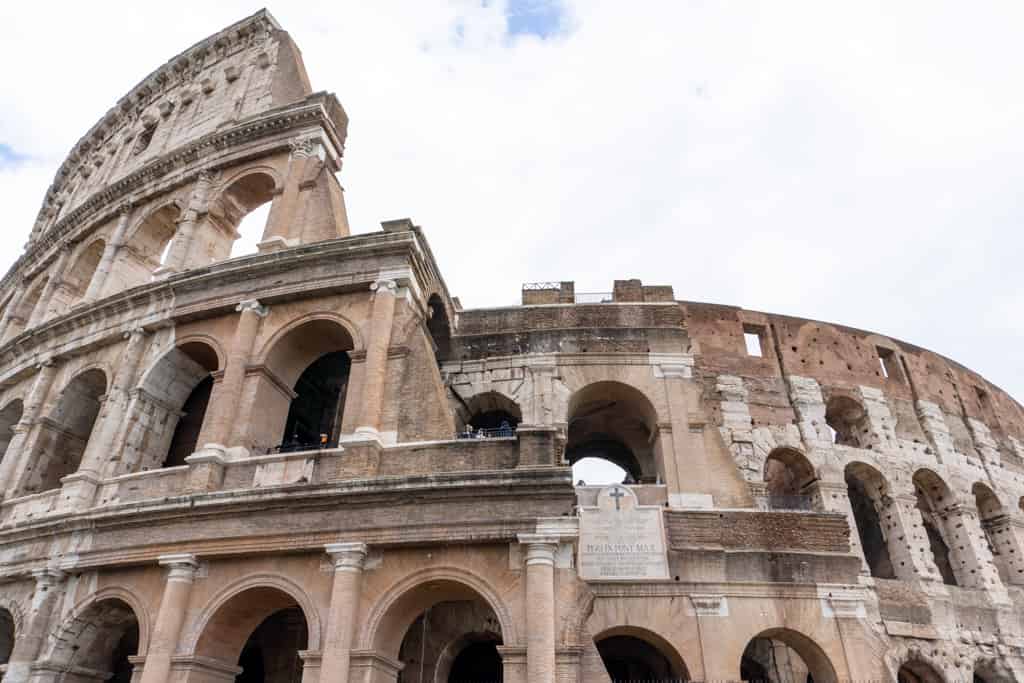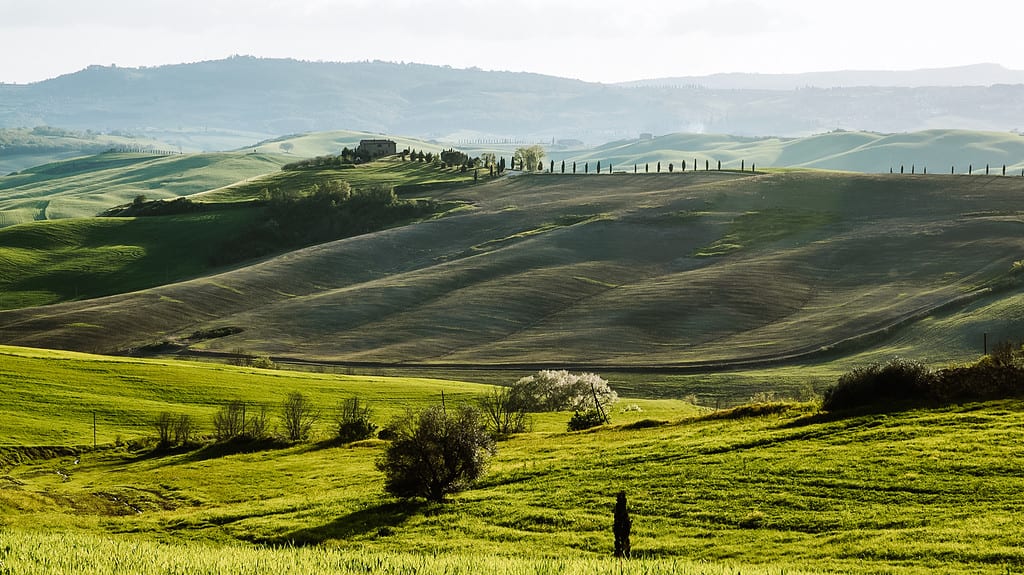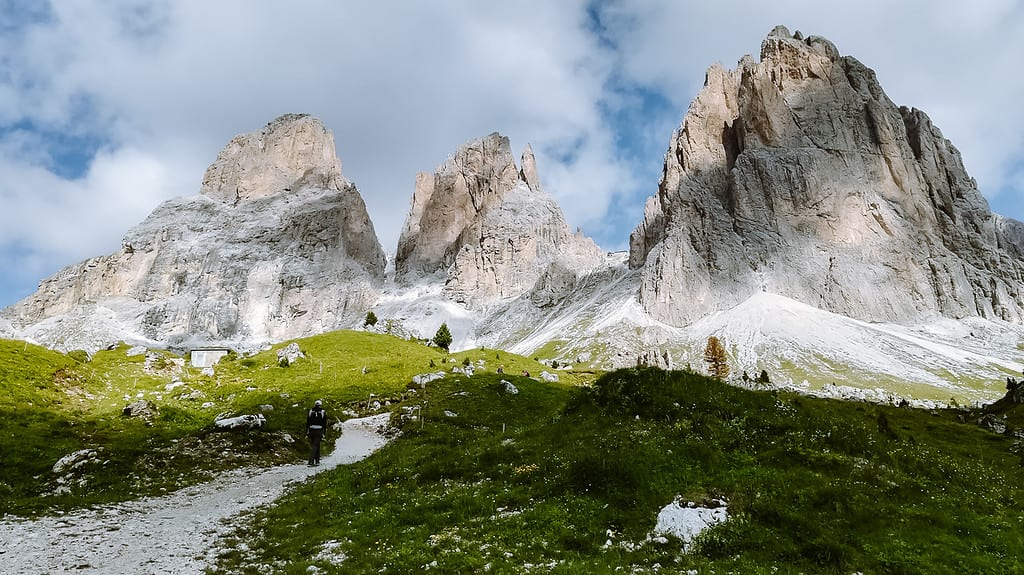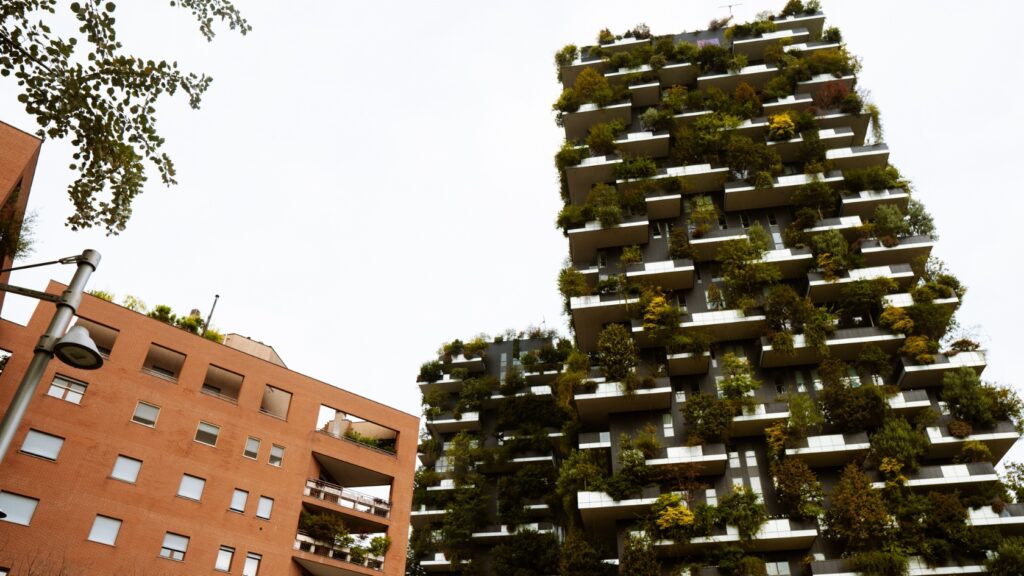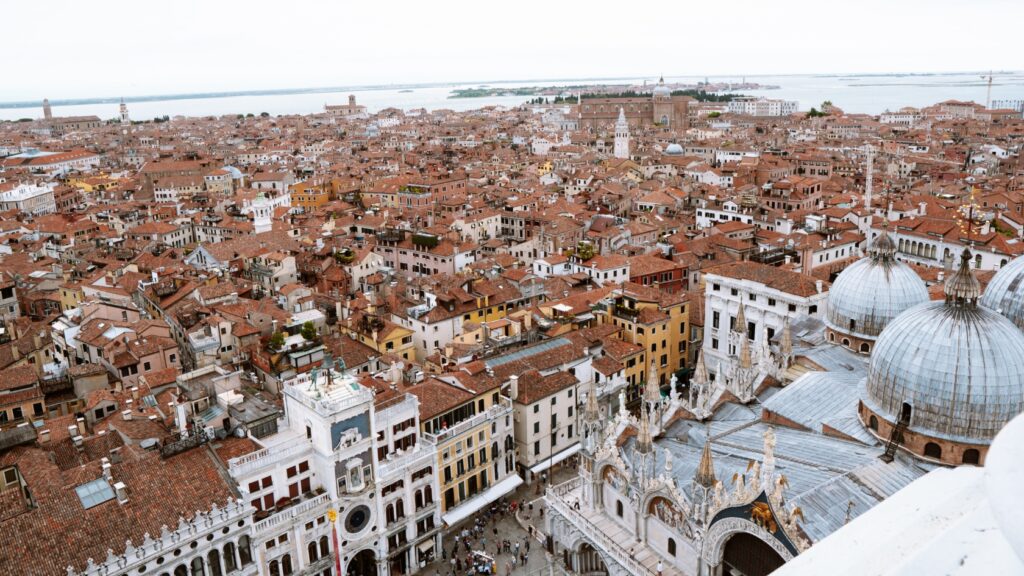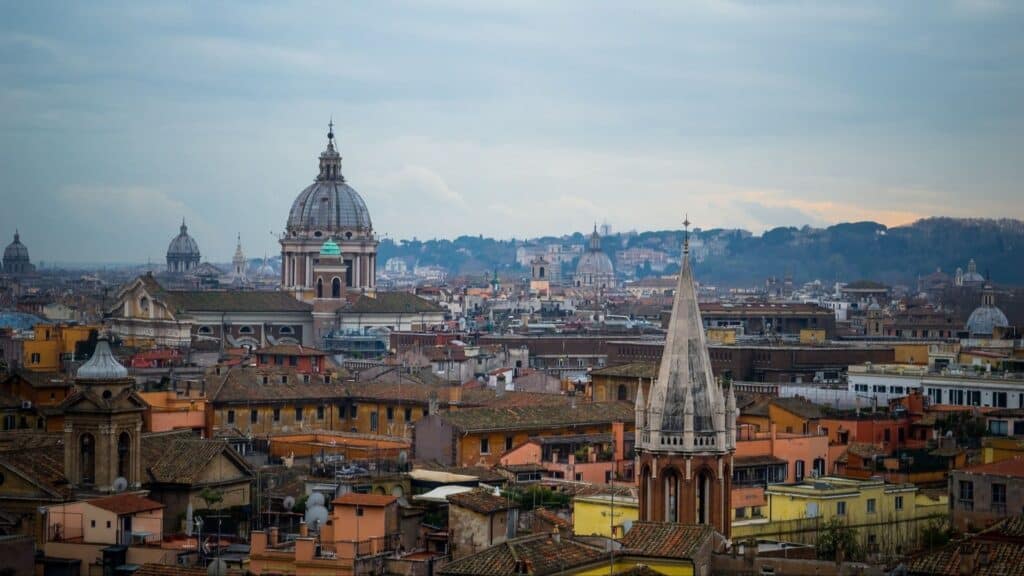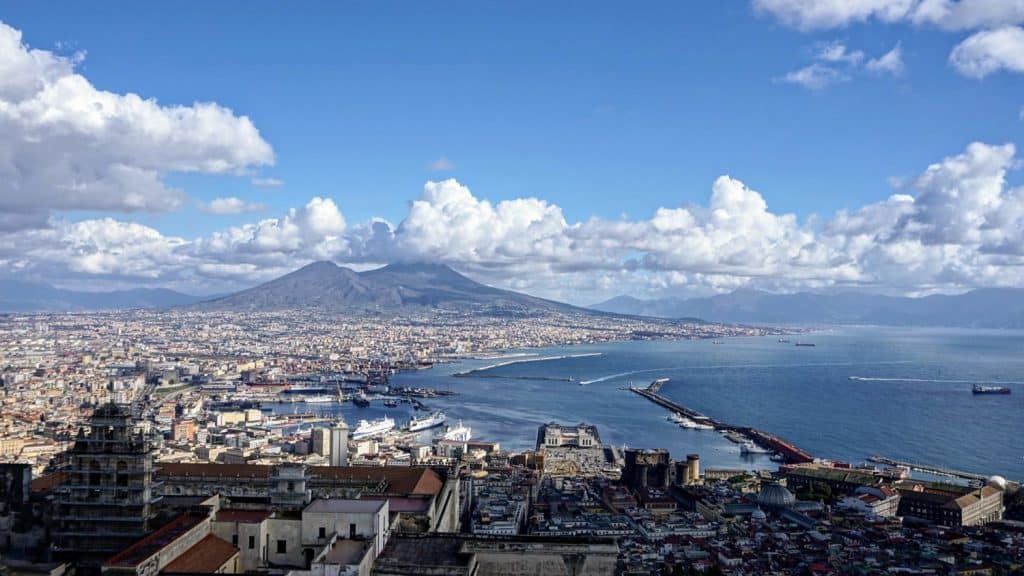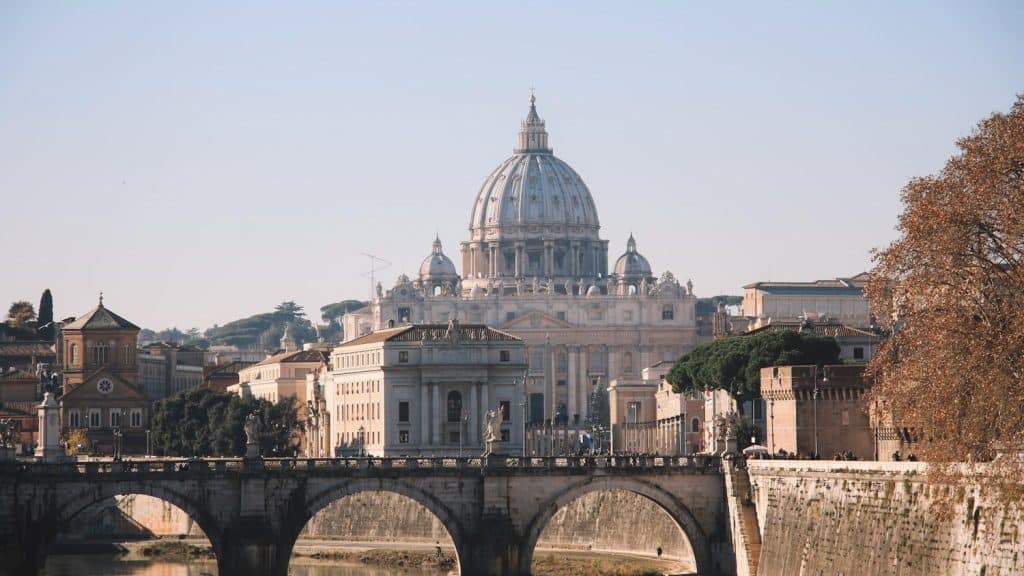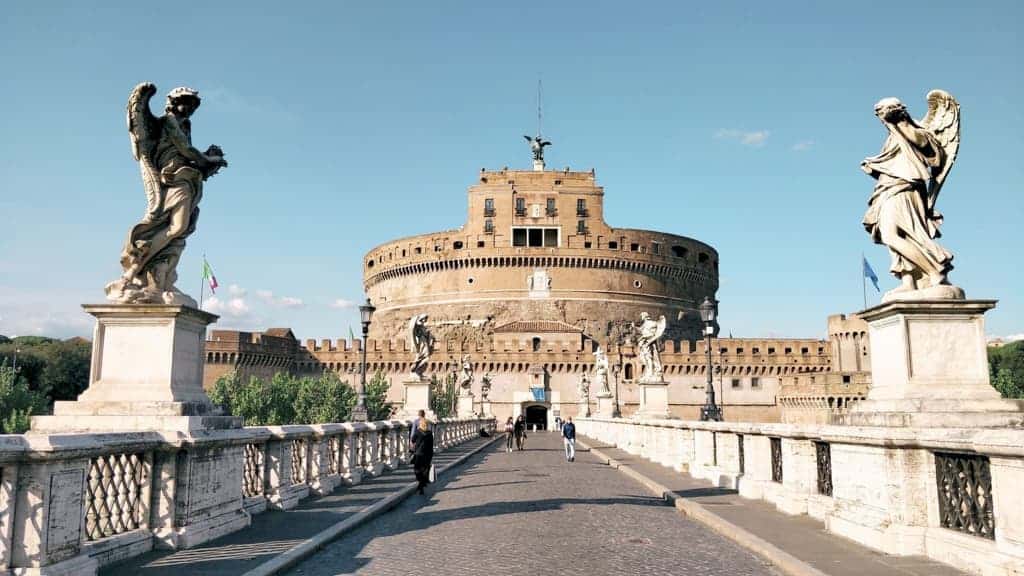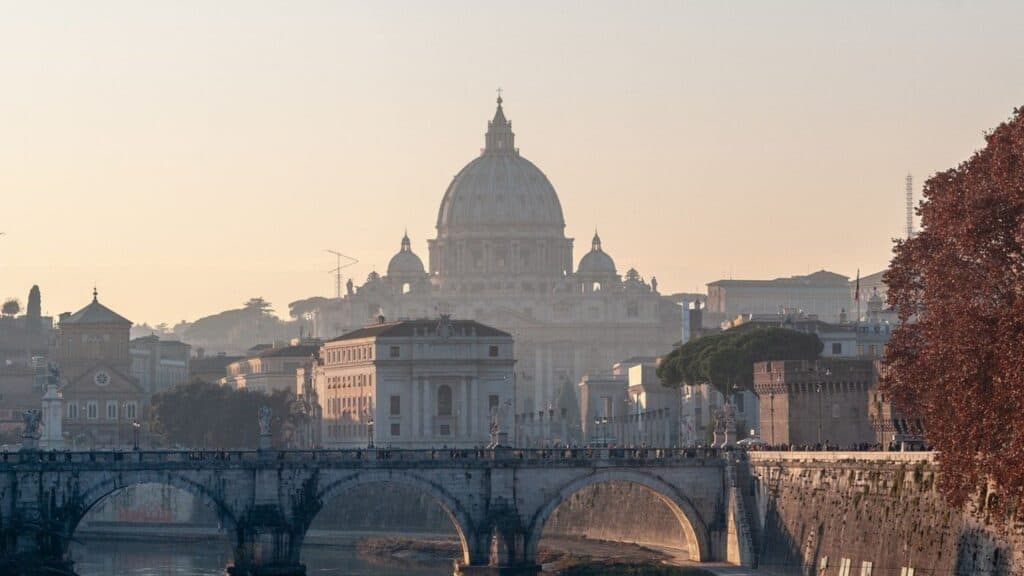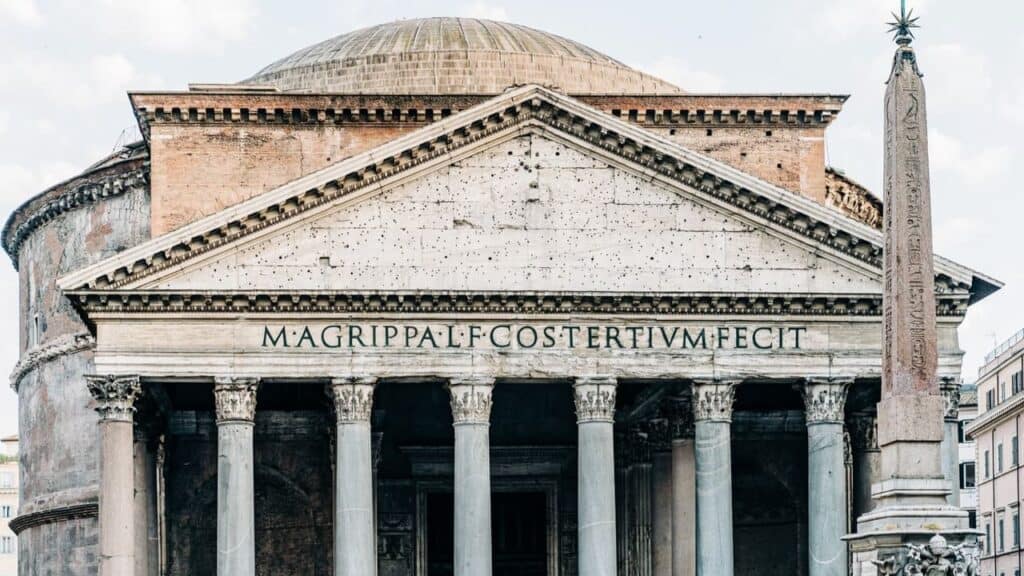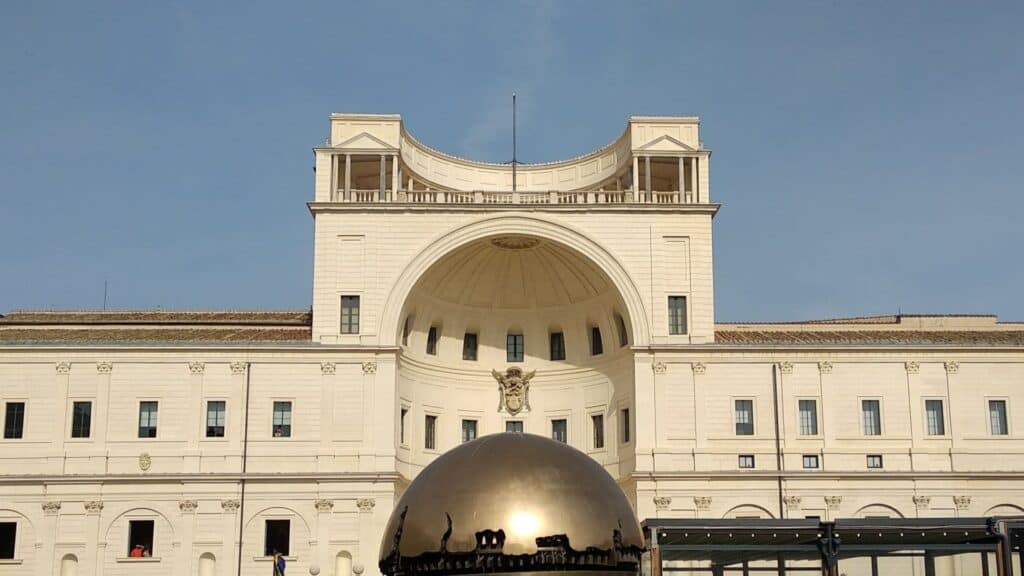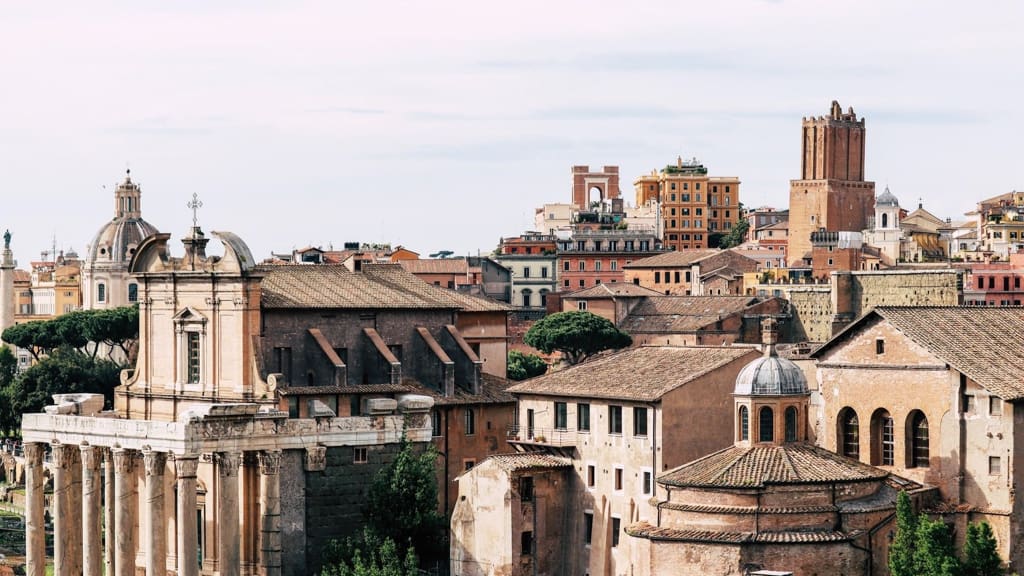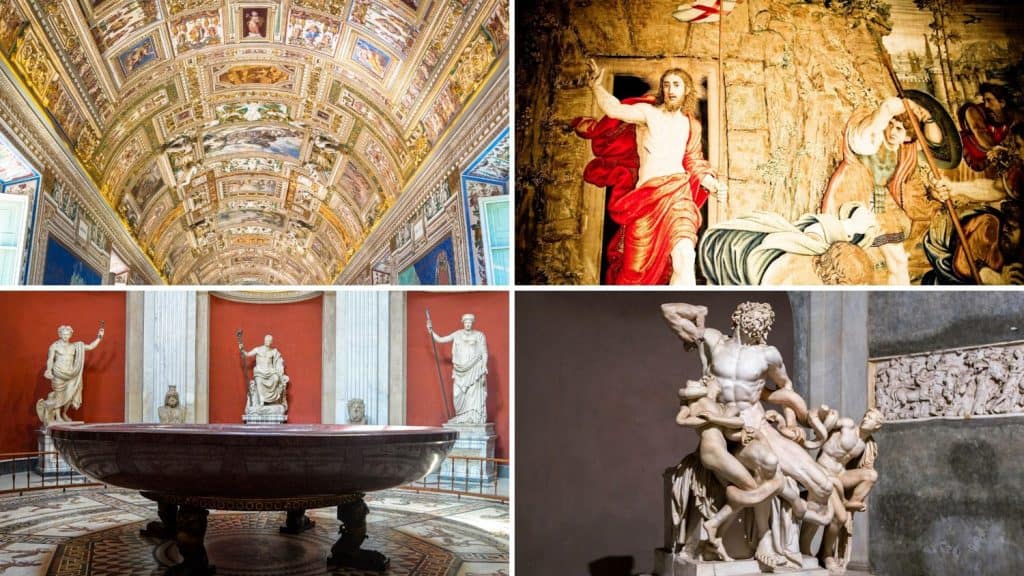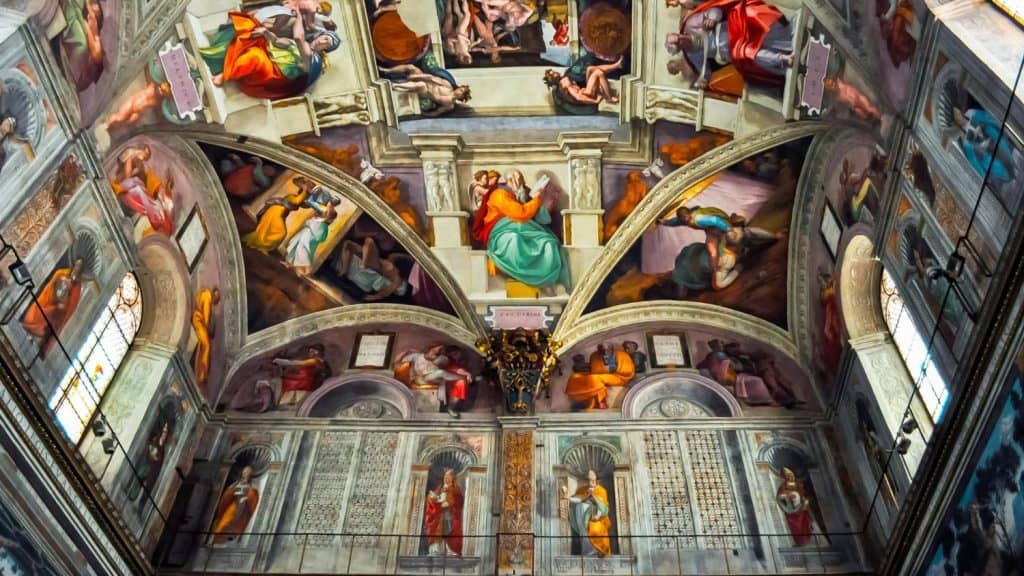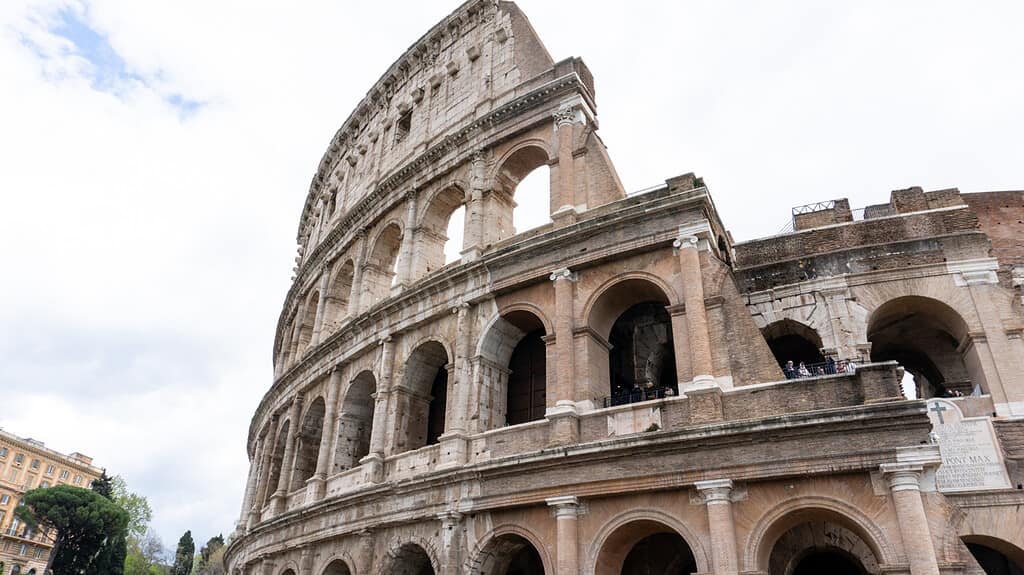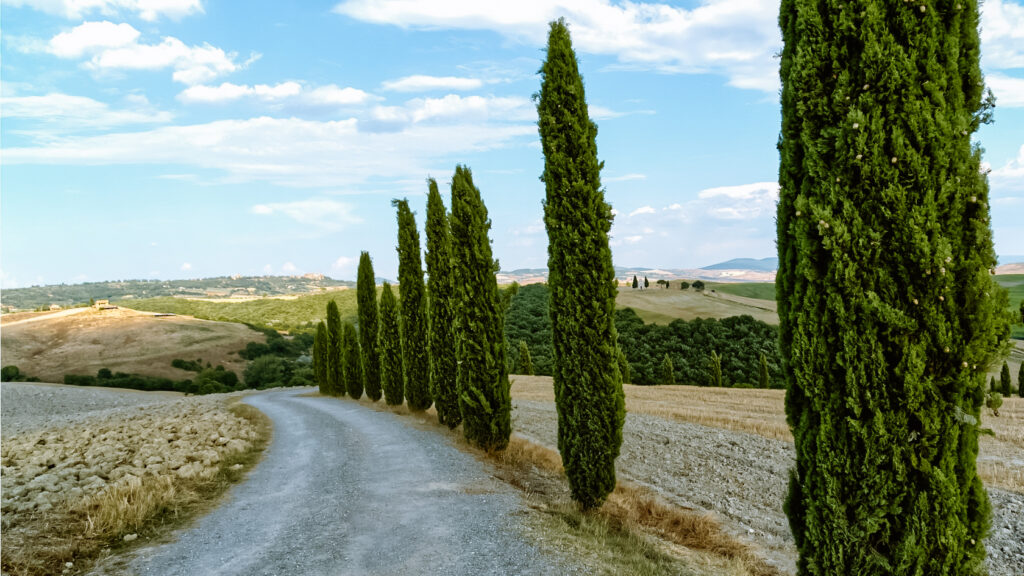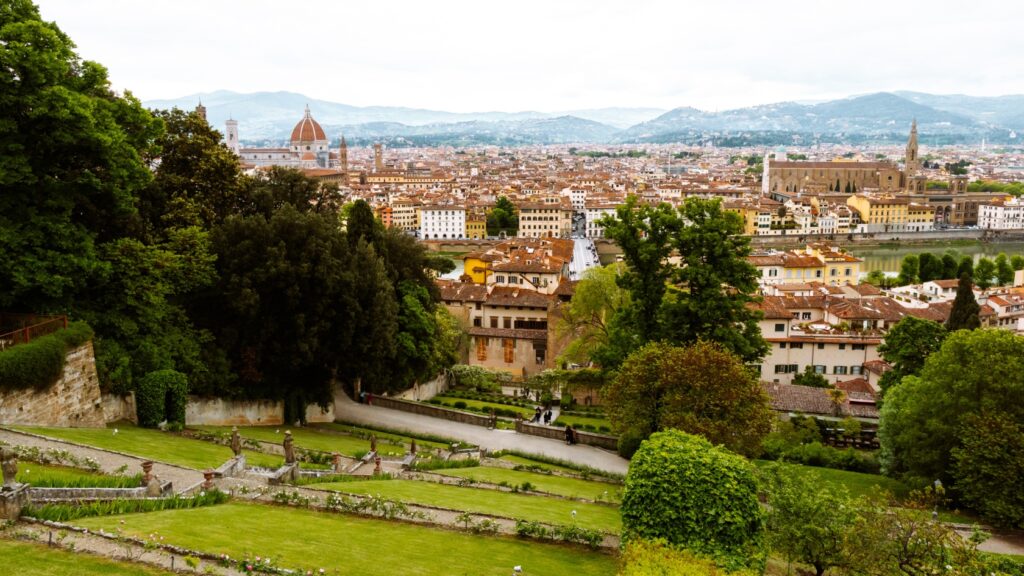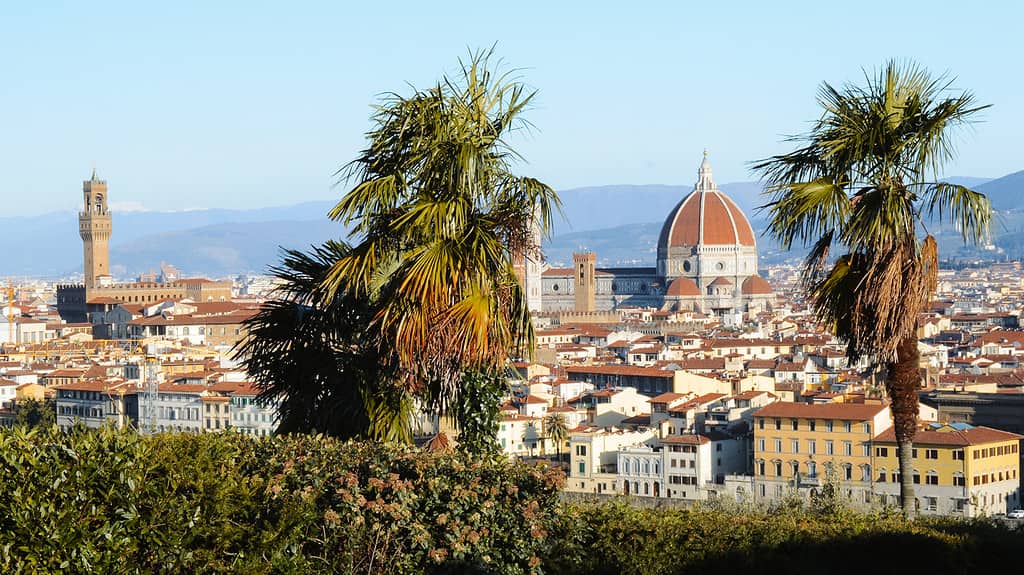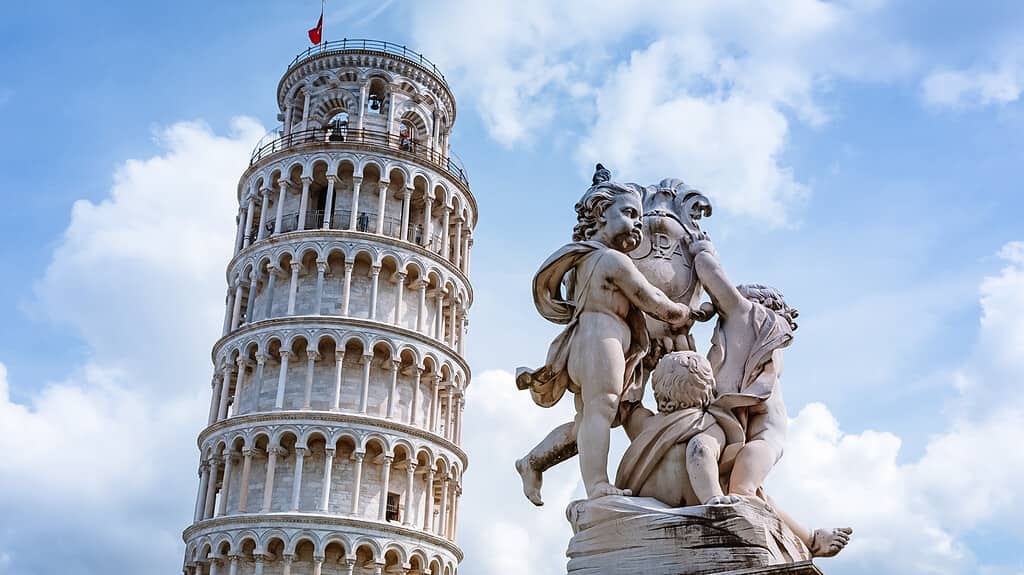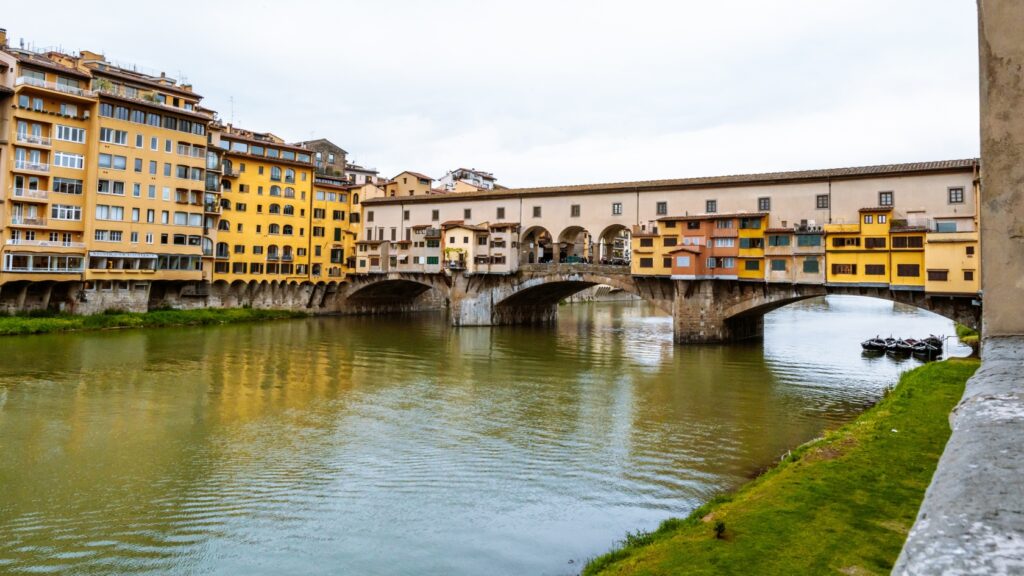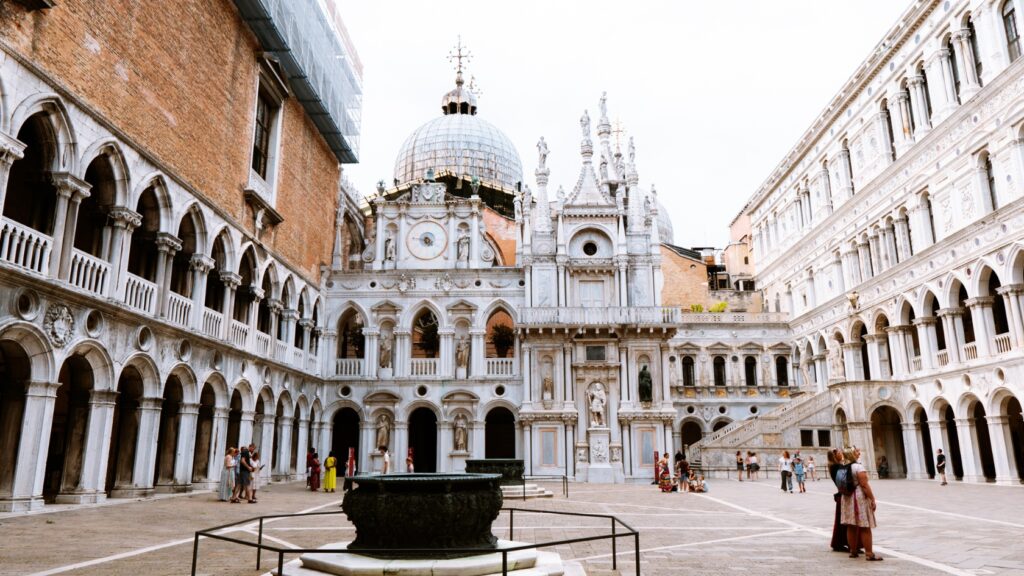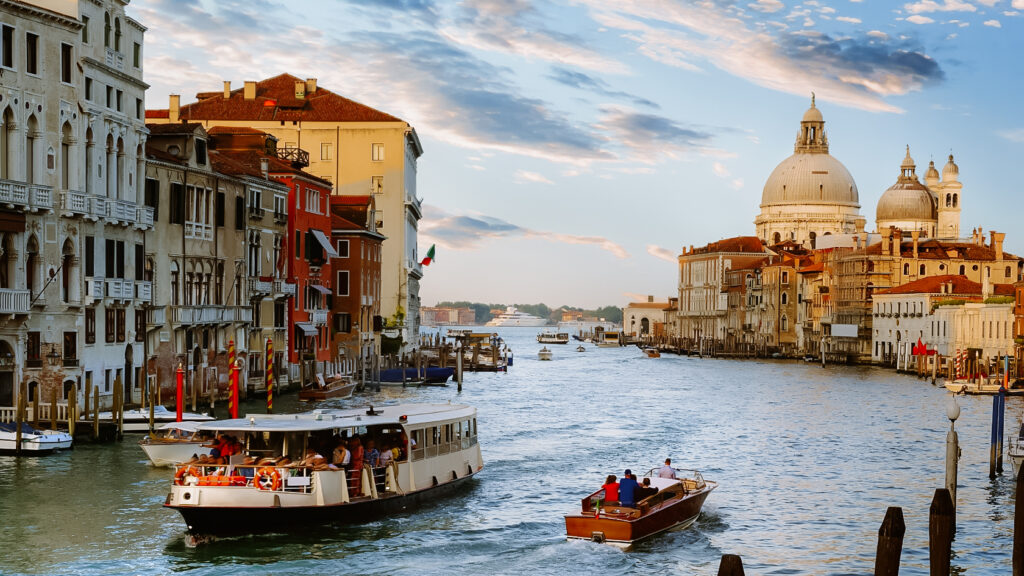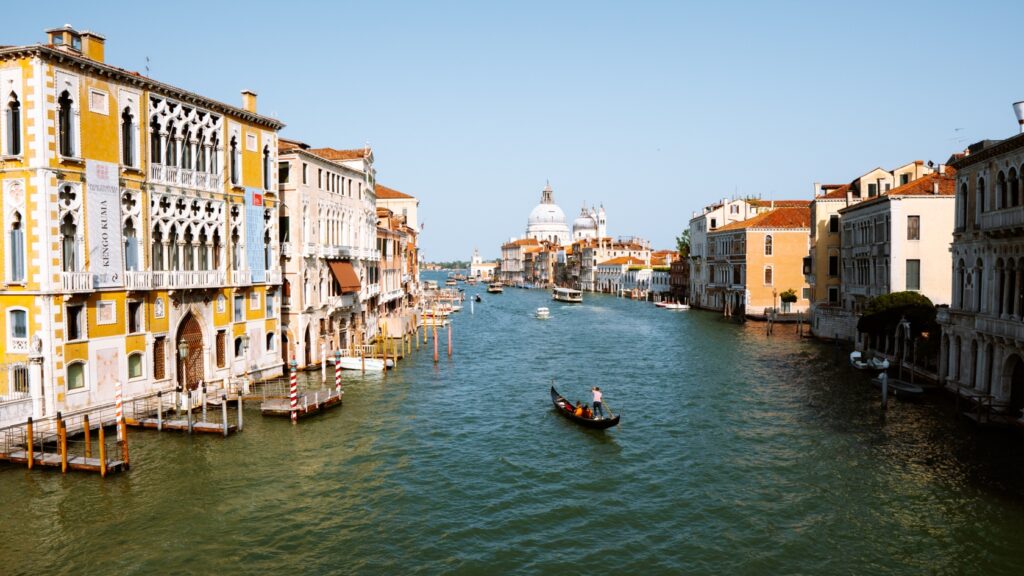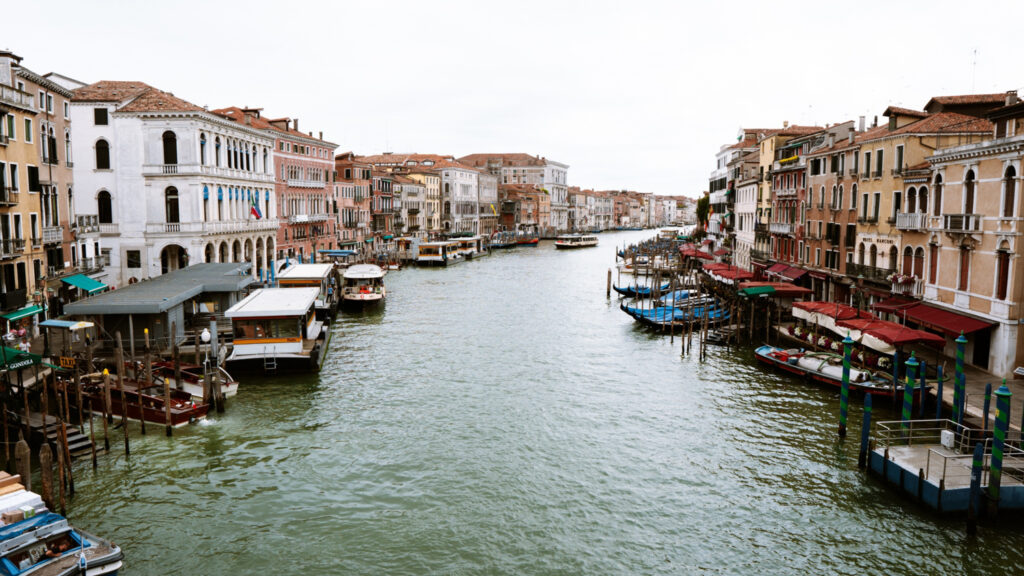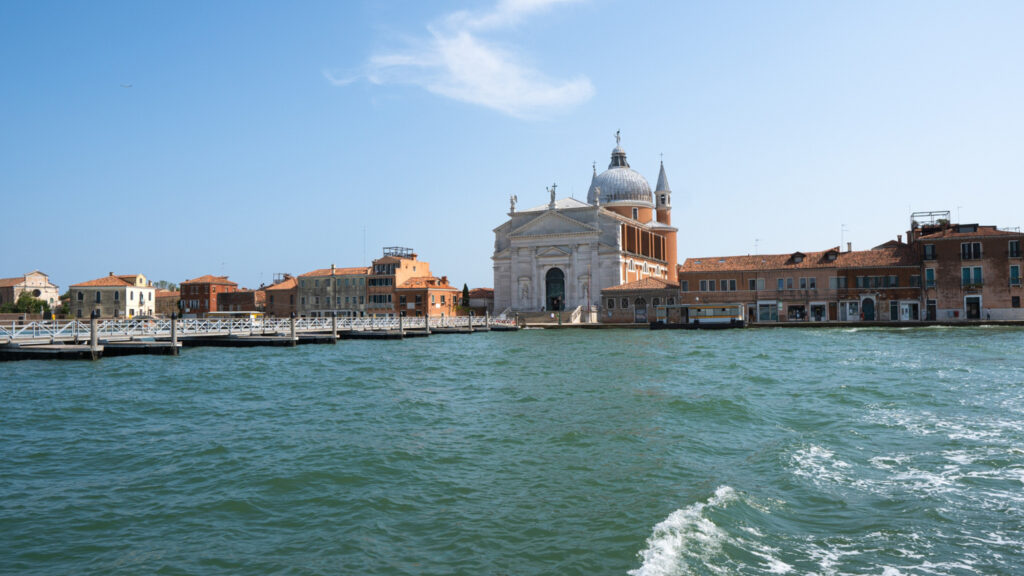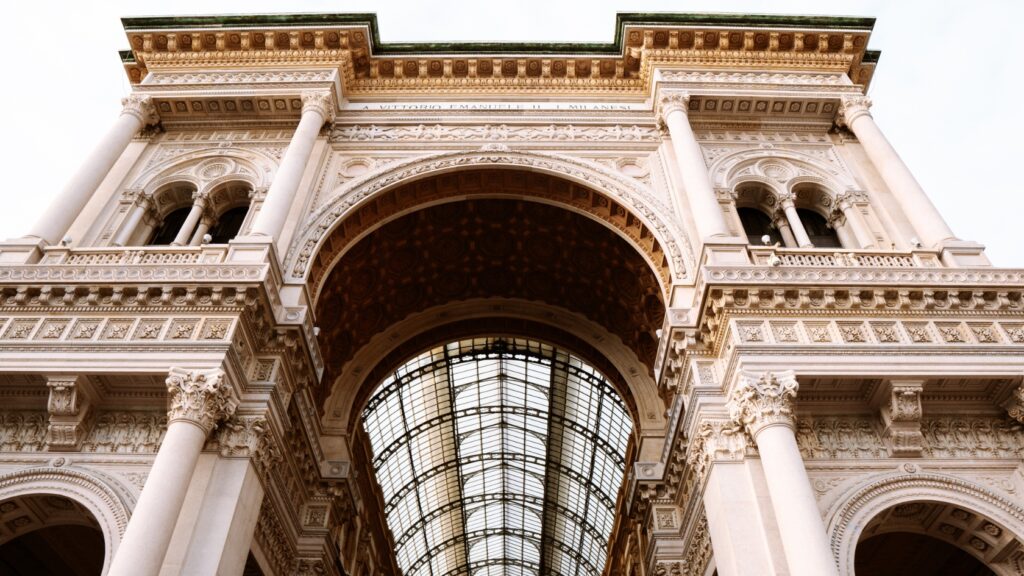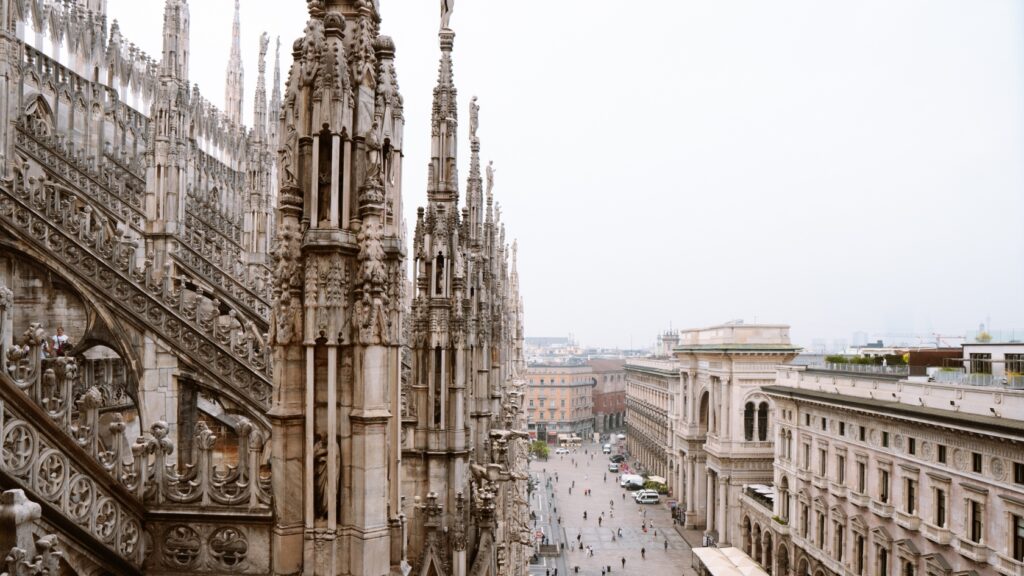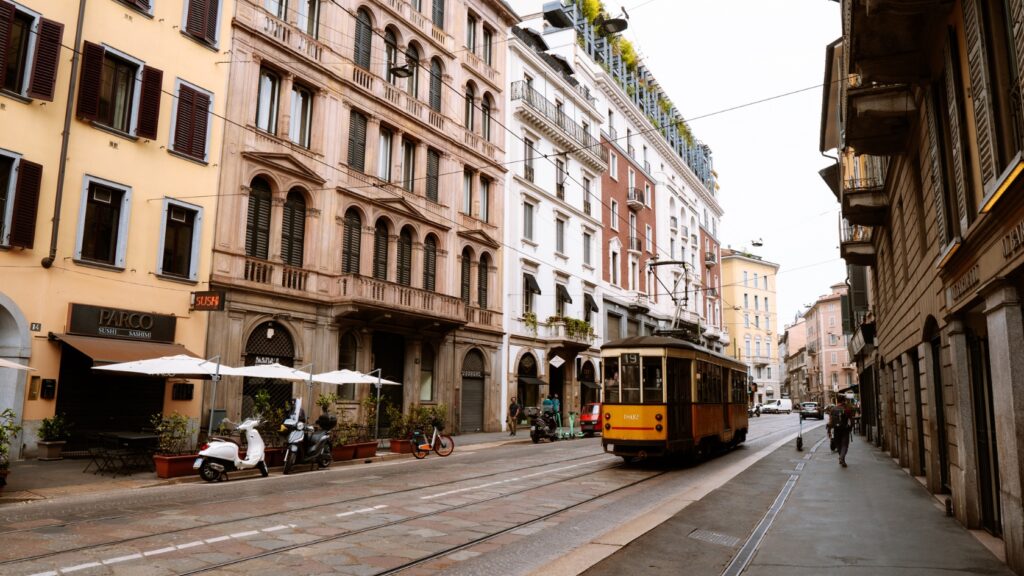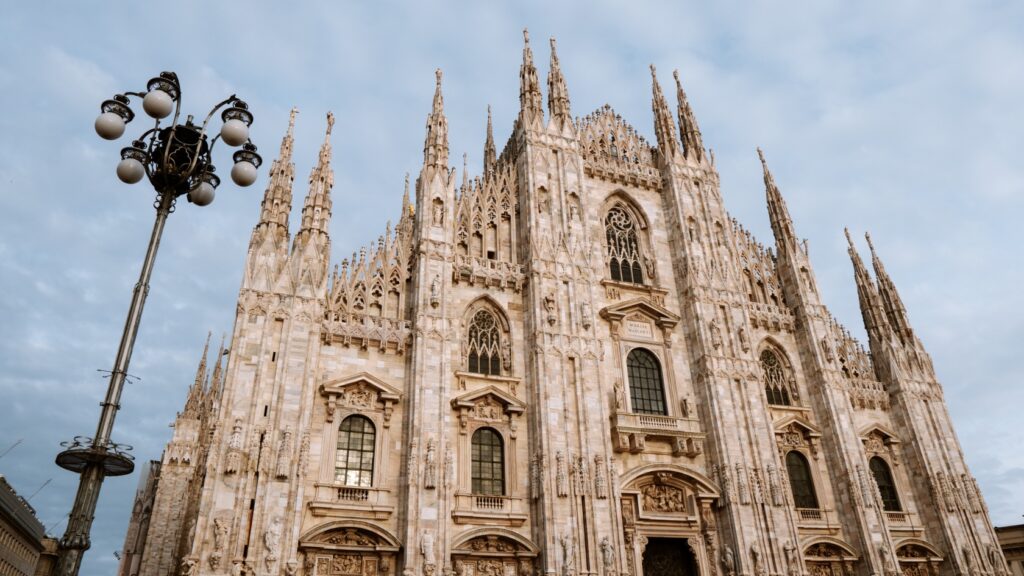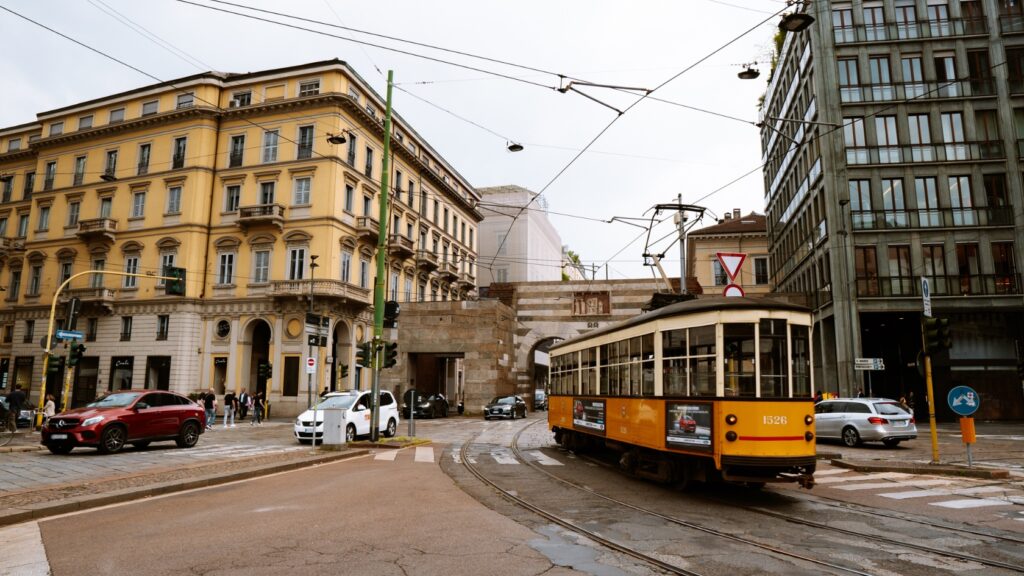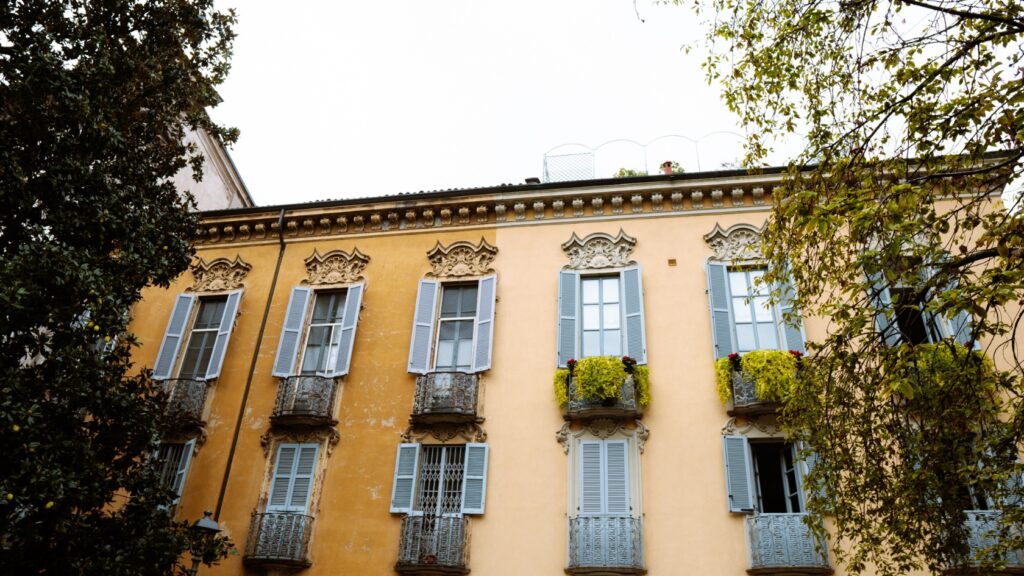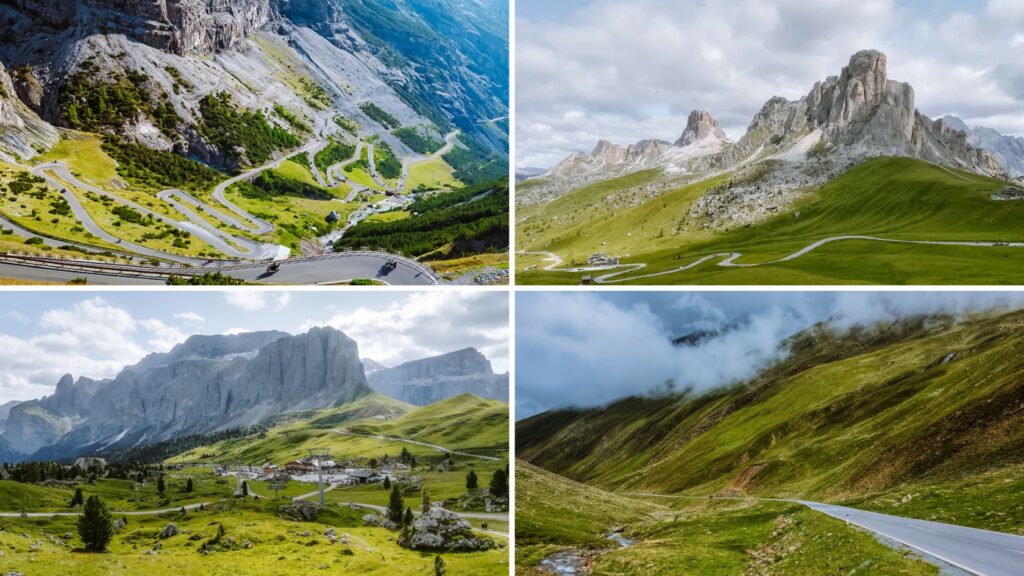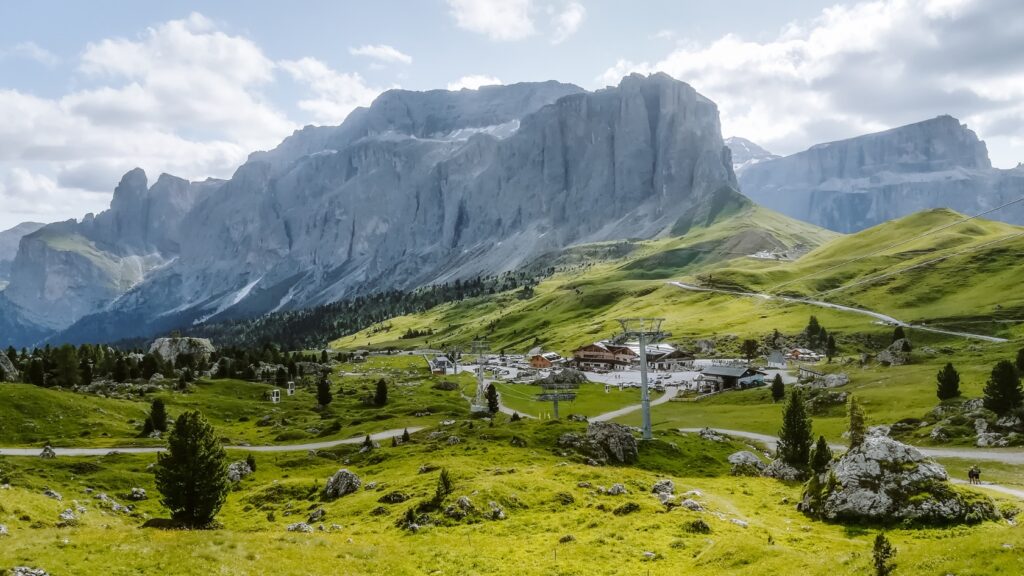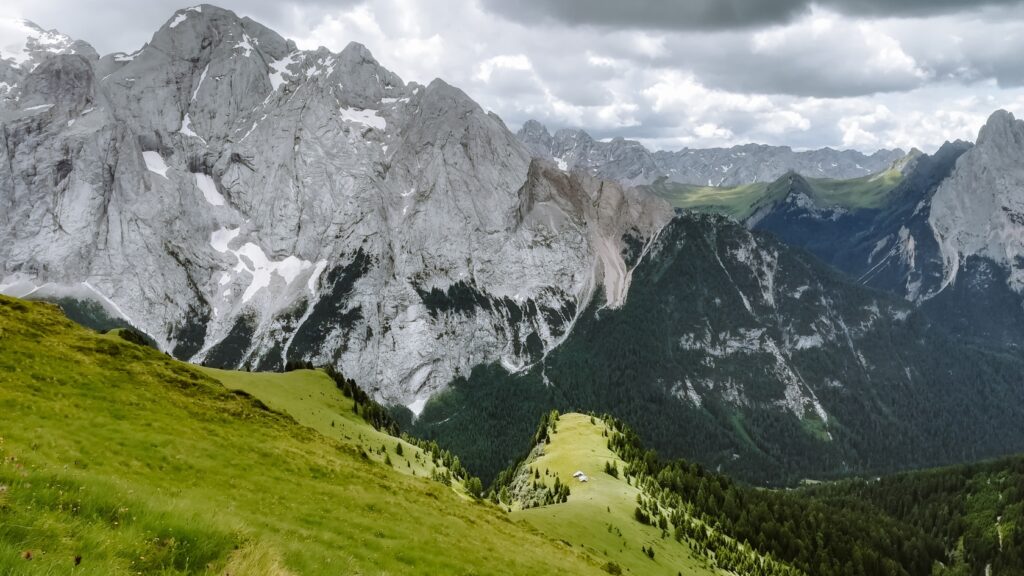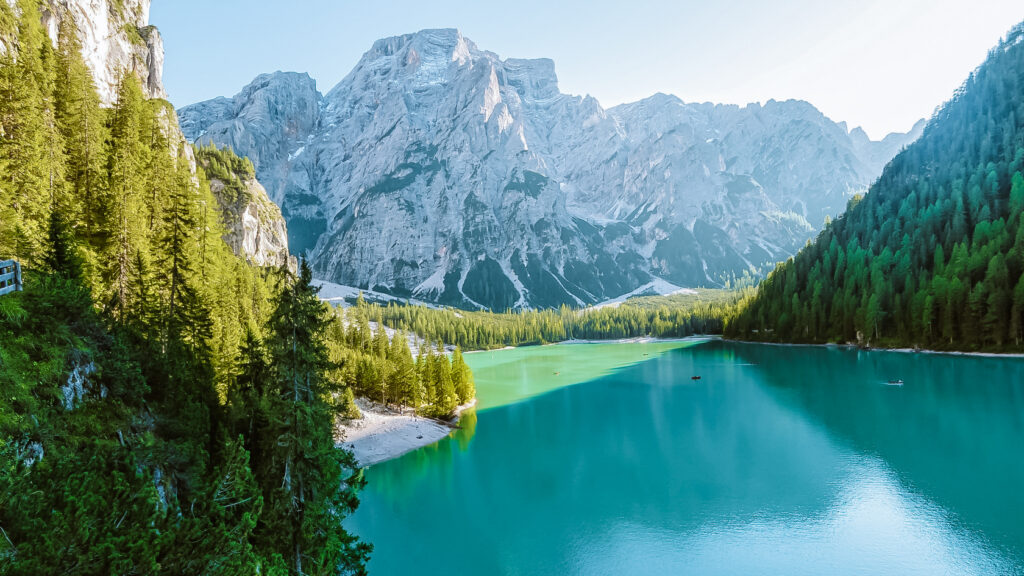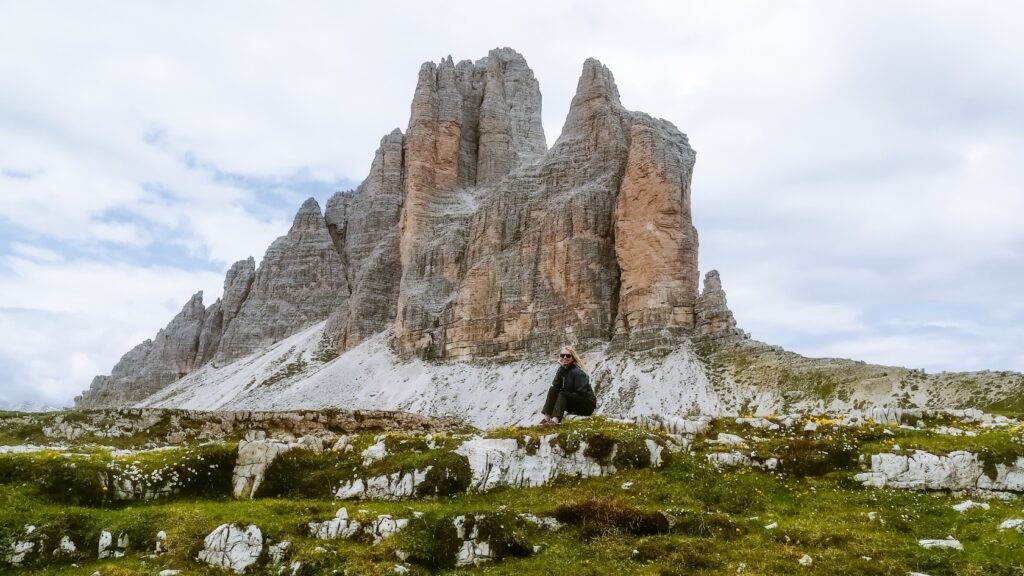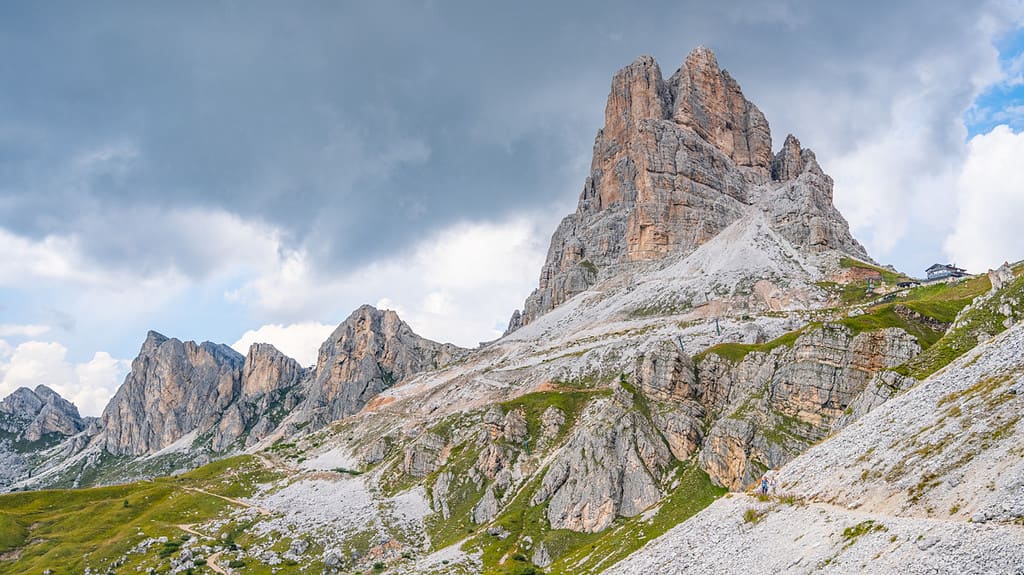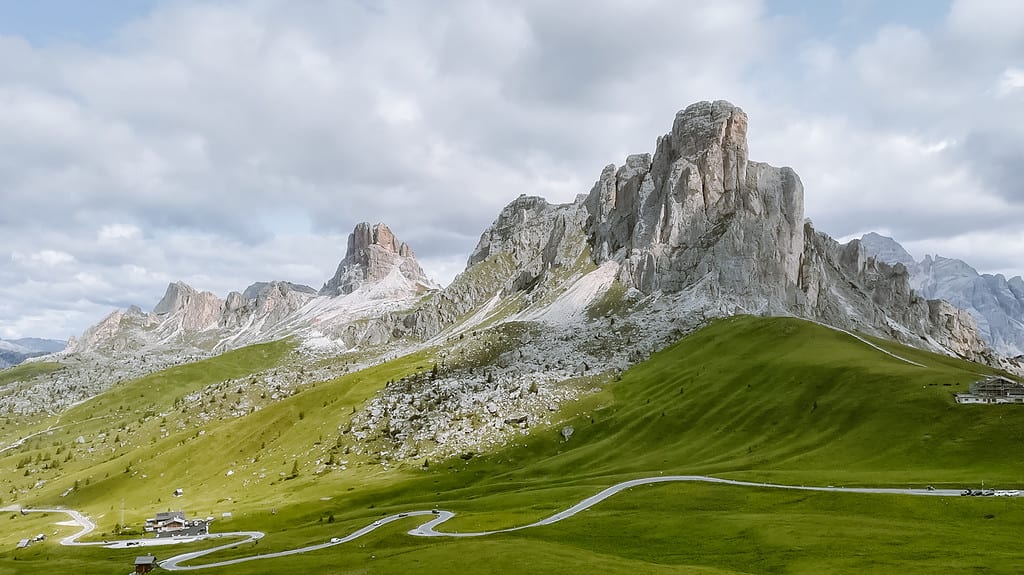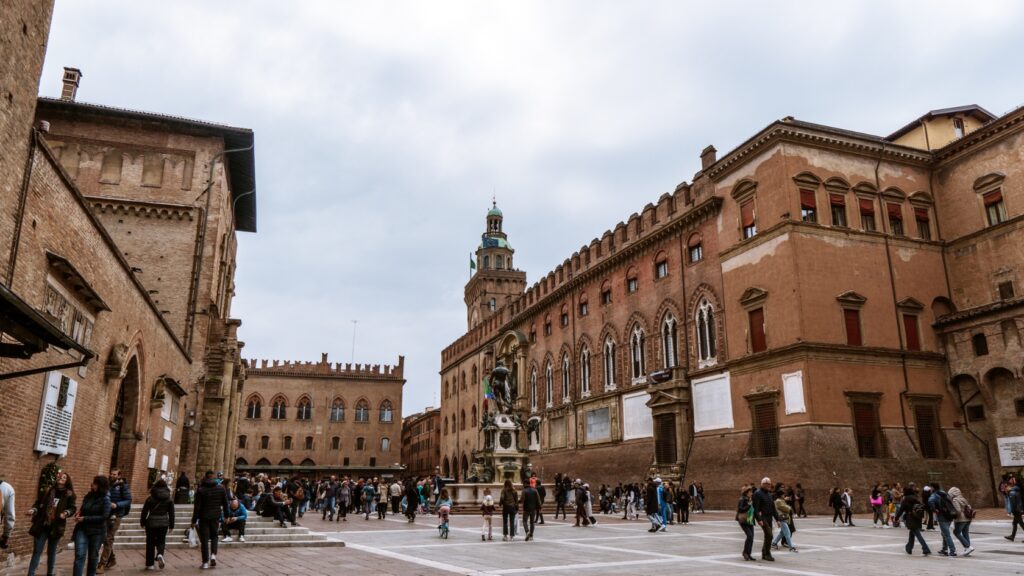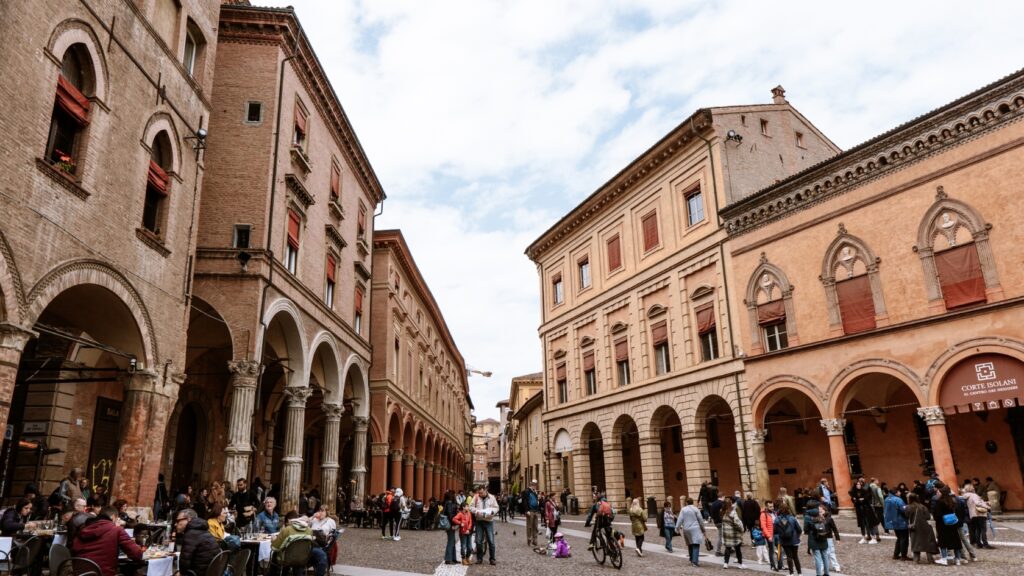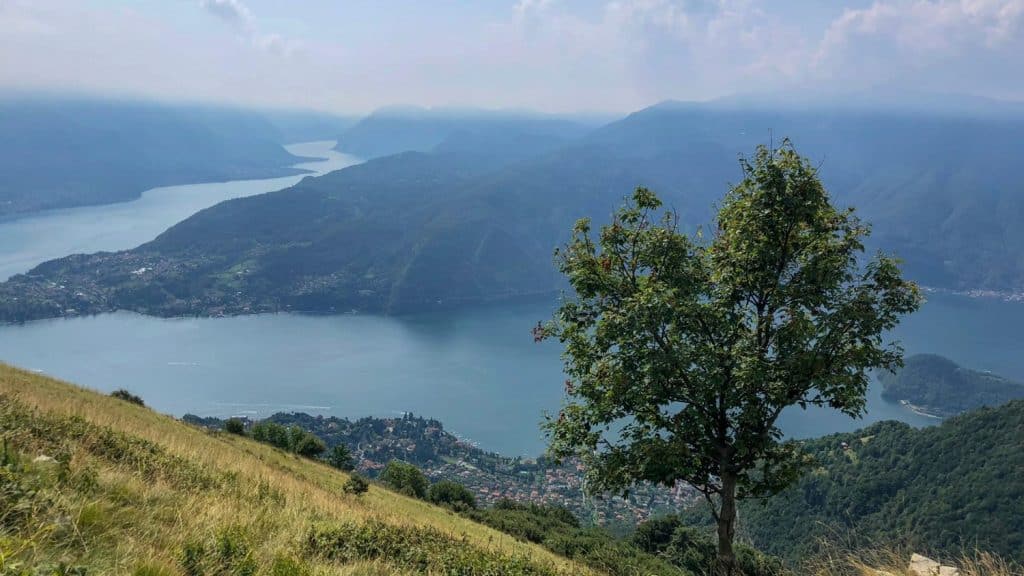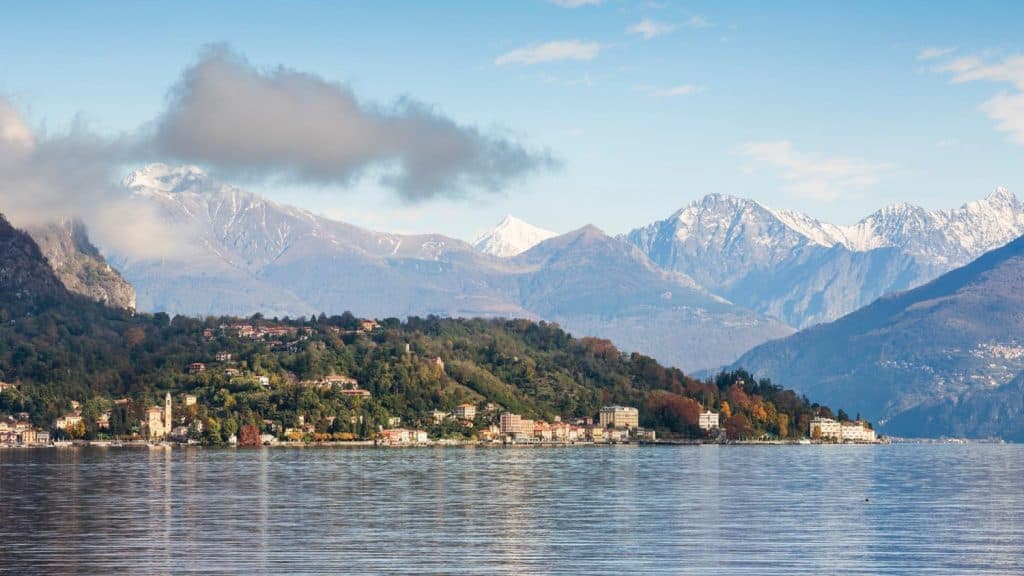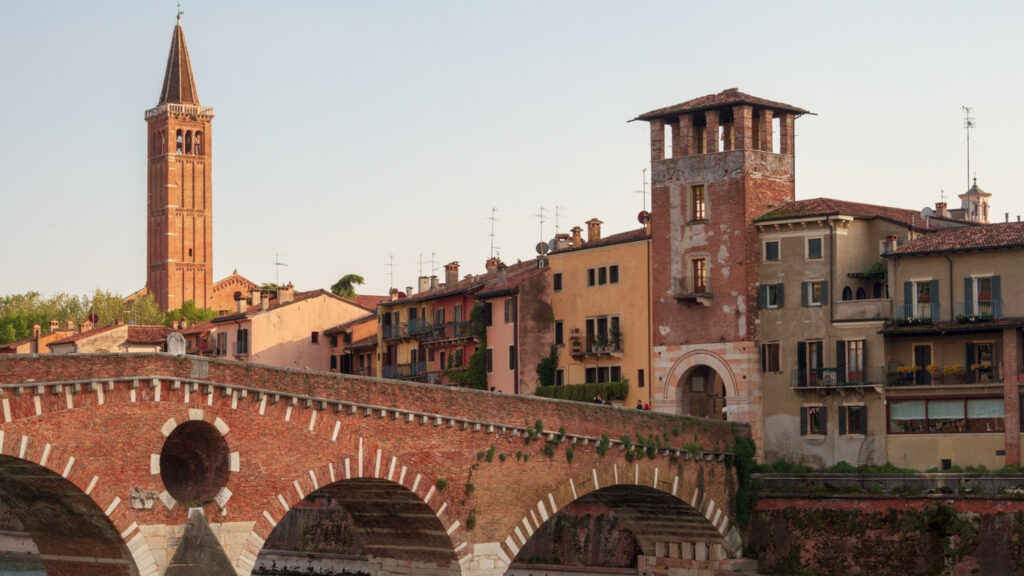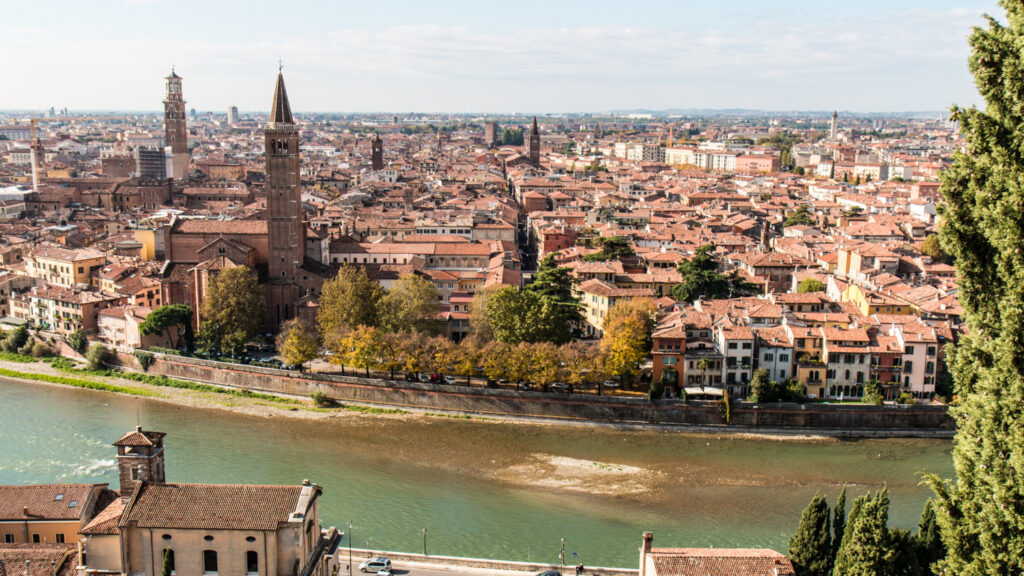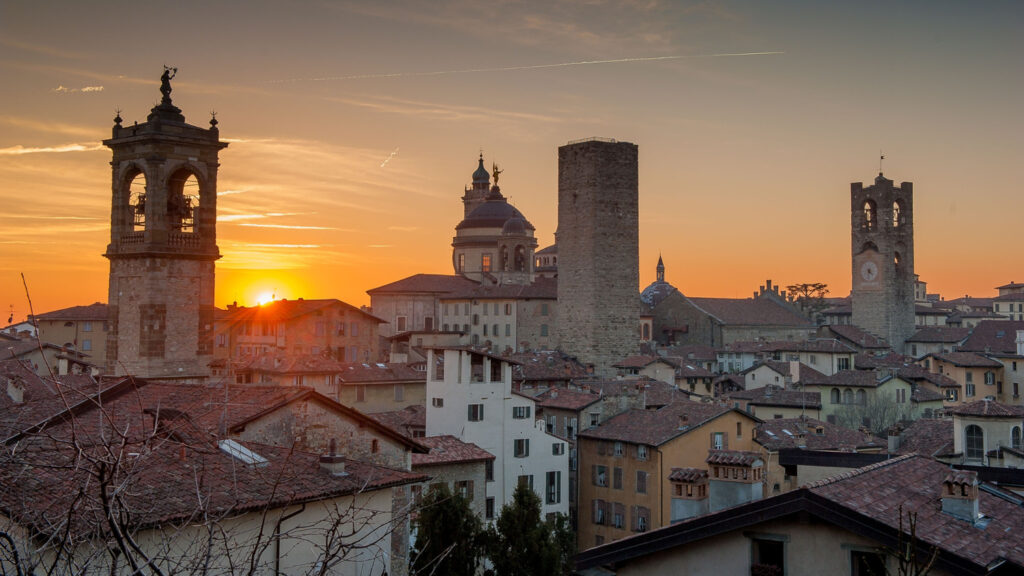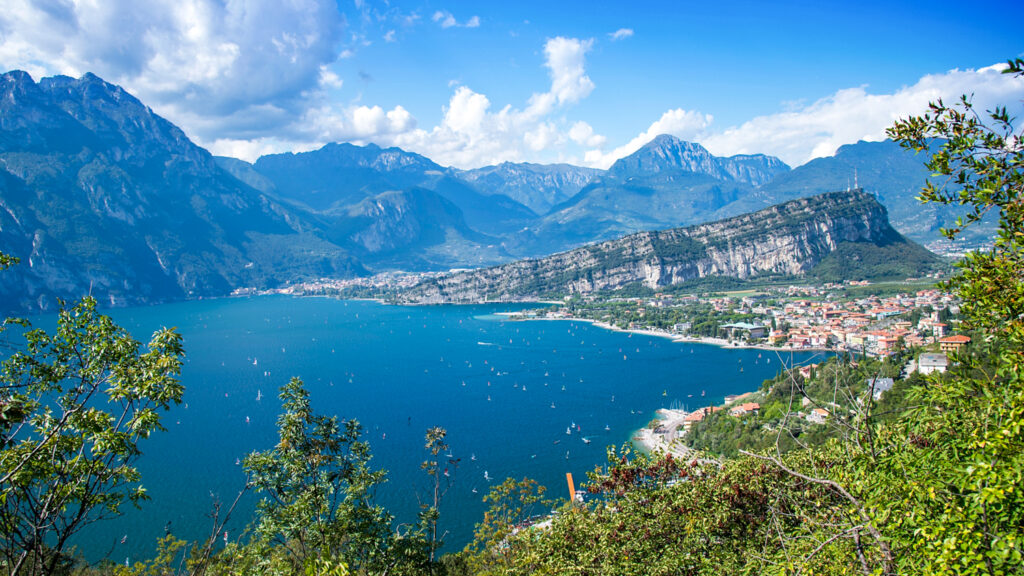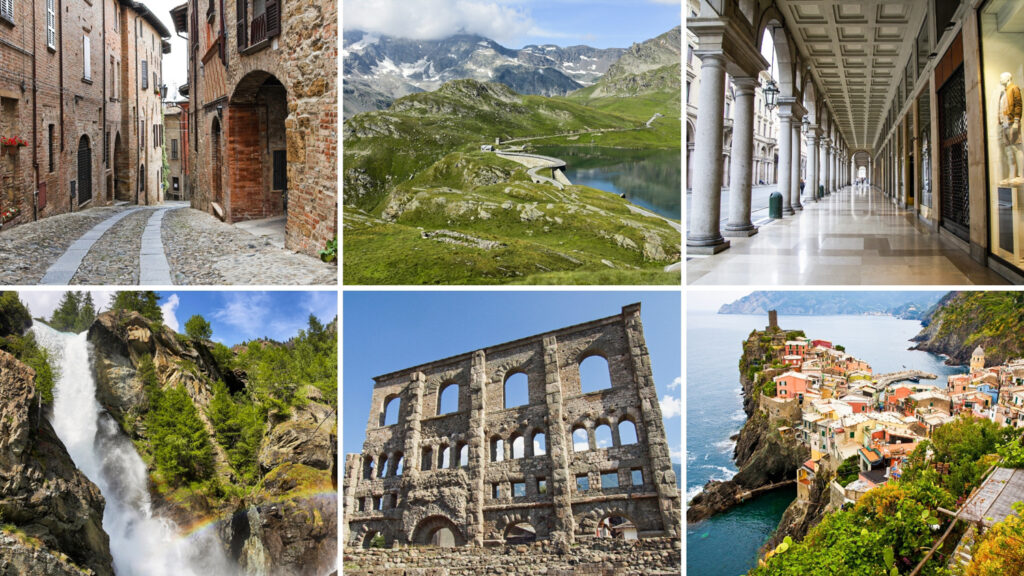TRAVEL GUIDE FOR ITALY
Discover Italy, a land where ancient ruins, Renaissance art, vineyards and sunny Mediterranean beaches intertwine. From the snowy peaks of the Alps to the winding streets of Tuscany.
THE BEST PLACES IN ITALY
25 Things to do in Tuscany (2024): Best places to see
From the charming cities of Florence, Siena and Pisa to the picturesque countryside…
Dolomites, Italy: 20 tips for hikes, walking routes and things to see (2024)
Dolomites. According to many, the most beautiful mountain range in the world. The…
3 days in Milan: Itinerary of what to see in Milan (+ map)
Milan, the fashion and design capital of the world, combines the best of…
2 DAYS IN VENICE: Perfect itinerary with the best things to do in Venice (+ map)
Planning to visit Venice in 2 days? Check out our guide to the…
3 days in Rome: Complete itinerary, things to see and do + map
Planning to visit Rome in 3 days? Check out our guide to the…
30 Best Things to do in Naples, Italy: Top places to visit
Are you planning to visit Naples and wondering where to go and what…
ROME
Rome is a unique and vibrant city full of history, culture and art. From the iconic Colosseum and the Vatican to ancient Roman buildings like the Pantheon, Rome is an incredible city that will literally enchant you.
35 Sightseeing Tips to Visit in Rome (2024): Top places to see in Rome
Planning what are the best things to do in Rome? Check out our…
Rome travel guide: 35+ tips to enjoy Rome and travel to Rome 2024
Tips and tricks for enjoying Rome and travelling to Rome – transport, how…
Useful tips on how to save on entrance fees and transport in Rome 2024
The Roma Pass and the Omnia Vatican and Rome Card are great tips…
14 Tips for Sights of Ancient Rome (2024) + map
The sights of ancient Rome were what we were most looking forward to…
10 tips for the best museums in Rome + map (2024)
Rome attracts visitors with its history that radiates from every corner. And what…
3 days in Rome: Complete itinerary, things to see and do + map
Planning to visit Rome in 3 days? Check out our guide to the…
Top 15 things to do in Rome (sights, activities, views)
Are you planning to visit Rome and wondering about the best activities? Check…
Vatican Museums 2024: what to see, entrance, tickets, opening hours
The Vatican Museums are one of the most popular museums in the world….
Sistine Chapel 2024: what to see, frescoes, entrance, tickets, opening hours
Probably nowhere in the world you will find such a famous decorated interior…
Colosseum in Rome for 2024: entry, tickets, attractions, our experience
What are the opening hours, admission fees, or entry procedures for the Colosseum…
TUSCANY
From rolling hills, vineyards, olive groves and medieval mountain towns to stunning coastlines and charming villages, Tuscany has something for everyone!
Tuscany itinerary: Things to do in Tuscany on a 5-7 day roadtrip (+ map)
Join us on a roadtrip through Tuscany and discover a region with green…
FLORENCE IN 2 DAYS: What to see in Florence and how to enjoy it (+ map and useful tips)
Planning to visit Florence in 2 days? Check out our guide to the…
25 Things to do in Tuscany (2024): Best places to see
From the charming cities of Florence, Siena and Pisa to the picturesque countryside…
23 Things to do in Florence (2024): Best places to see
Florence, with its skyline engraved with the majestic silhouette of the Duomo, artworks…
20 Things to do in Pisa, Italy: Best places to see
Pisa in Italy is full of beautiful places just like the whole of…
Travel to Florence: useful tips and guides for Florence (2024) – transport, prices, food, weather
Are you looking forward to a holiday in Florence? Read our complete guide…
VENICE
How to pay the entry fee to Venice in 2024 (when to pay, price and other tips)
From 2024, a fee has been introduced in Venice to prevent the huge…
Sights in Venice: Best Places to visit in Venice (2024) + map
Planning what to see and what sights to visit in Venice? Check out…
1 day in Venice: Best itinerary, what to see in Venice and how to enjoy it!
Venice, a charming city floating on the lagoon, with historical charm, a labyrinth…
2 DAYS IN VENICE: Perfect itinerary with the best things to do in Venice (+ map)
Planning to visit Venice in 2 days? Check out our guide to the…
How to get from Treviso Airport to Venice? Our tips + map
A detailed guide on how to get from Treviso Airport to Venice –…
How to get from Marco Polo Airport to the centre of Venice? Our tips + map
A detailed guide on how to get from Marco Polo Airport to the…
Complete guide to transport in Venice, Italy (2024)
Venice, Italy has one of the most unique transport systems in the world….
Venice parking 2024 – prices and how to get to the center + MAP
A detailed guide to parking in Venice if you’re going to Venice by…
MILAN
3 days in Milan: Itinerary of what to see in Milan (+ map)
Milan, the fashion and design capital of the world, combines the best of…
27 Things to do in Milan (2024): Best places to visit – travel guide for Milan
Wondering what to visit in Milan? Check out our complete guide to the…
How to visit Duomo di Milano in 2024 (useful tips and experiences)
The Duomo di Milano is one of the most visited monuments in Italy….
2 days in Milan: Perfect itinerary of where to go in Milan (+ map)
Planning to visit Milan in 2 days? Check out our guide to the…
1 day in Milan: Itinerary with the best places to visit in Milan
Milan, a cosmopolitan city where history and modernity meet. With a breathtaking cathedral,…
Transport in Milan: how to get from the airport and public transport in Milan (+ our tips)
In this guide to transport in Milan, we’ll cover everything you need to…
Where to stay in Milan in 2024? Best Hotels & Map
If you’re deciding where to stay in Milan, Italy, you have plenty of…
DOLOMITES
Explore lush Alpine valleys, walk ancient trails and enjoy majestic views of snow-capped peaks – welcome to the Dolomites!
What are the most beautiful alpine roads in Austria and Italy?
Panoramic alpine roads are one of the biggest attractions in Austria and Italy….
Passo Sella (Dolomites): Guide and tips for the most beautiful hikes
Passo Sella is a mountain pass in Italy, located near Passo Pordoi in…
Passo Pordoi and Marmolada: The most beautiful places in the Dolomites
On our trip to the Dolomites, we hadn’t planned to visit the Passo…
Lago di Braies: the most beautiful lake in the Dolomites | Complete Guide
Lago di Braies (German: Pragser Wildsee) is the most famous lake in the…
Tre Cime di Lavaredo – Sexten Dolomites (2024): 7 tips for the most beautiful treks and other practical information
When you say Italy, most people in my area think of the sea….
Dolomites, Italy: Guide to the perfect holiday in the Dolomites
A complete tourist guide with tips for the Dolomites, Italy, where you will…
Passo Giau (Dolomites): Guide and tips for the most beautiful hikes
Passo di Giau is a high mountain pass in the Dolomites in northeastern…
Dolomites, Italy: 20 tips for hikes, walking routes and things to see (2024)
Dolomites. According to many, the most beautiful mountain range in the world. The…
NORTHERN ITALY
From the picturesque canals of Venice to the snow-capped peaks of the Italian Alps, northern Italy is a dream destination for those seeking breathtaking scenery, exquisite cuisine, world-famous art and architecture, beautiful coastlines and lively cities.
11 Things to do in Bologna: Best places to visit (+ map)
Are you planning to visit Bologna, Italy and wondering where to go in…
Bologna in 2 days: What to see in Bologna and how to enjoy it (+ map and useful tips)
Bologna is considered by many to be the hidden gem of Italy. A…
27 Things to do in Milan (2024): Best places to visit – travel guide for Milan
Wondering what to visit in Milan? Check out our complete guide to the…
Travel Guide for Lago di Como 2024: Best things to do & useful tips
Lago di Como is one of the most beautiful lakes in Italy. Celebrities…
31 Best Things to do in Lombardy, Italy: Top places to visit
Lombardy is a beautiful piece of Italy in the north of the country,…
20 Things to do in Verona (2024): Best places to visit + map
Verona. Located on the banks of the Adige River in northern Italy, the…
1 day in Verona: The best itinerary, what to see + route map
Verona is one of the most popular cities in northern Italy. It has…
15 Things to do in Bergamo (2024): Best places to visit + map
Are you planning to visit Bergamo, Italy and wondering what to see in…
32 tips for trips and things to do at Lago di Garda (2024) + map
Welcome to Lago di Garda in Italy, an alpine lake with crystal clear…
20 tips for interesting places to visit in Northern Italy (+ map)
Northern Italy, with its romantic lakes, majestic mountains, historic cities and world-famous monuments,…
PRACTICAL INFORMATION
When to visit Italy
Italy is an ideal destination all year round. So the best time depends on what you plan to do in Italy:
Spring (March to May): the weather in spring is usually mild and pleasant. The crowds of tourists are less intense in late spring than in summer (except for the Easter celebrations, which are spectacular in Rome and the Vatican). Spring is ideal for exploring cities and hiking.
Summer (June to August): summer in Italy is hot and sunny – the perfect time to relax on the beach and enjoy the lively nightlife. This is the peak tourist season, so coastal areas and popular cities like Rome, Venice and Florence tend to be quite crowded.
Autumn (September to November): the weather is getting colder and rain is more frequent, but temperatures are still very pleasant for exploring the cities and hiking. In autumn, harvest festivals are held, especially in wine-growing areas such as Tuscany.
Winter (December to February): the weather gets colder, especially in northern areas where snow is common in the Alpine regions. Winters are milder in the southern parts of Italy. Tourist crowds are smaller, except during Christmas and Carnival. This is the perfect time of year to explore cities for those who don’t like crowds or are travelling on a budget. Winter also guarantees great skiing in the Dolomites and the Italian Alps.
Transport in Italy
Public transport
Italy boasts a network of high-speed trains such as the Frecciarossa, Frecciargento and Italo, which quickly connect major cities such as Rome, Milan, Florence and Venice. For travel to smaller cities or within regions, regional trains are a more cost-effective, albeit slower, option. Some train routes offer fantastic views, such as the route from Rome to Sicily, where the train runs along the coast and then takes a ferry across the Strait of Messina to Sicily. Here you will find train connections in Italy.
Buses complement the train network and reach areas that are not accessible by train. Long-distance buses, operated by companies such as FlixBus, connect major cities and are often cheaper but slower than trains.
Local buses are widely used in towns and cities, for example Cotral in the Rome area.
Here you will find
bus services to and within Italy.
Ferries are widely used to travel to islands such as Sicily, Sardinia and other islands in the vicinity or between coastal towns. At this link you can search for all ferries.
By car to Italy
Italy’s roads and motorways are in good condition. The motorways are toll roads – the toll will cost you about 8-9 € per 100 km. You can pay the toll in cash or by card. Each payment gateway has a symbol at the top showing how you can pay.
This link will give you up-to-date information on traffic in Italy (tolls, closures, etc.), but Google Maps will also give you sufficient information.
The maximum speed on Italian motorways is 130 km/h and 110 km/h in wet weather, 90 km/h on roads and 50 km/h in the village.
If you plan to rent a car locally, choose in advance. In Tuscany and similar areas, choose smaller models as the roads are narrow and winding. Plus, parking lots can be full early and you have a better chance of parking with a smaller car. Here you will find the largest range of vehicles at the best prices.
ZTL zones
If you are travelling to larger cities in your own or a rental car, please note that some cities have dedicated “car parks”. ZTL zones. These are areas with traffic restrictions where non-residents are not allowed to enter. These include Rome, Pisa and Florence. It’s safer to park in the suburbs or in more distant neighbourhoods and take public transport to the centre.
A number of smaller towns and villages have closed historic cores where entry is forbidden. In these cases, parking lots are located on the edge of villages.
Culture and tradition in Italy
Culture
Italian cities resemble open-air museums. From the Renaissance art of Florence to the ancient ruins of Rome to the magnificent canals of Venice, each city tells a story through its architecture.
Visiting famous galleries such as the Uffizi in Florence or the Vatican Museums in Rome will give you an insight into Italy’s enormous contribution to the art world.
Italy is the birthplace of opera and to enjoy a performance at La Scala in Milan, for example, is simply an experience.
Cities like Milan are also a mecca for fashion lovers. And even if you don’t plan to go shopping, you’ll feel the fashion at every turn. The locals are impeccably dressed and the windows are perfectly decorated.
Traditions and festivals
The central element of Italian life is the family. You will notice it in the way people interact, dine and celebrate together. The majority of Italians are Roman Catholic, which is evident in the numerous churches and religious festivals.
In Venice, take part in local festivals such as Carnevale, where the city comes alive with masks and costumes, or experience traditional religious festivals in smaller towns.
Typical dishes in Italy
Italian cuisine may be famous, but it is incredibly diverse. Each region boasts its own specialities – seafood in Venice, risotto in Milan and fresh, hearty cuisine in Tuscany, for example.
Here are some of the most typical and popular dishes to try in Italy:
Pizza: pizza in Naples – the traditional simple Margherita pizza with fresh tomatoes, mozzarella and basil was created in Naples.
Pasta: In Rome, try the classic Roman pastas – Carbonara (creamy sauce with pancetta and egg), Cacio e Pepe (cheese and pepper) and Amatriciana (tomato and guanciale).
Bologna is famous for its Bolognese sauce, but don’t miss the Tagliatelle al Ragù or Tortellini in brodo.
A typical dish in Florence and Tuscany is Pappardelle with wild boar sauce.
Seafood in coastal areas: in Venice, enjoy seafood risotto or cuttlefish cooked in its ink (Nero di Seppia). In Sicily and Sardinia, enjoy fresh seafood dishes such as Frutti di Mare or Bottarga (salted, dried fish roe).
Meat and cheese: Parma and Modena are home to Prosciutto di Parma and Parmigiano Reggiano cheese. Also try balsamic vinegar from Modena.
Tuscany is famous for its cured meats, especially salami and prosciutto, and Pecorino Toscano cheese.
Truffles: Alba and Piedmont are famous for their white truffles.
Desserts and sweets: for dessert, try the coffee-flavoured Tiramisu from Veneto. In Sicily you must try the Cannoli, a Sicilian pastry filled with sweet and creamy ricotta. Gelato is a classic throughout Italy and gelaterias offer a variety of flavours.
- Italian cuisine is based on fresh, seasonal ingredients.
- Try local wines with your meal, often designed to complement regional dishes.
- Visiting local markets can be a great way to experience regional food and ingredients.
- Enjoying a quick espresso at the bar while standing up is a typical Italian experience.
- Cappuccino is for breakfast and is not drunk after 11. one o’clock in the morning.
- Many restaurants include a service charge (“coperto”) on the bill to cover service. This is not a tip, but a service charge. Tipping is not expected but is appreciated (approximately 5-10% of the bill).
☞ See all destinations.
